The Butterfly Effect: A Battle Heats Up in the Mosel
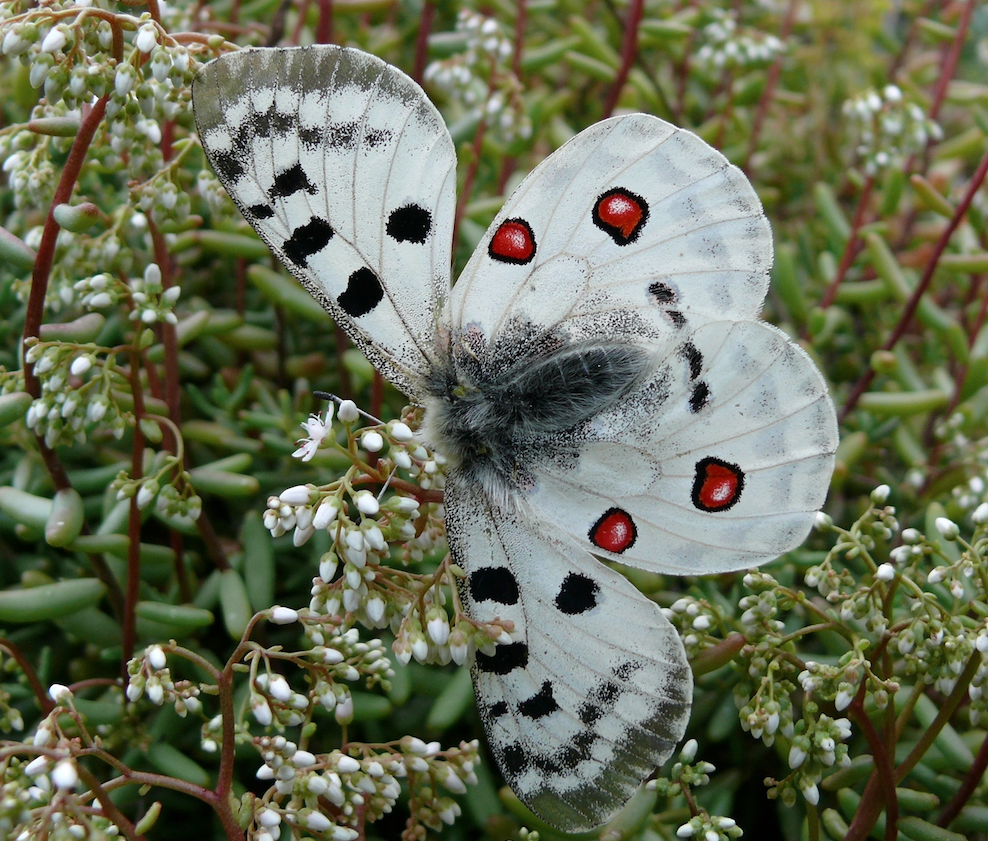
The future of the Mosel Apollo butterfly and its habitat of the Mosel terraces are endangered. Can a solution be found that allows both to continue to coexist?

The future of the Mosel Apollo butterfly and its habitat of the Mosel terraces are endangered. Can a solution be found that allows both to continue to coexist?
Writer, Editor, Publisher
Valerie Kathawala specializes in the wines of Germany, Austria, South Tyrol, and Switzerland, as well as those closer to her home in New York City. Her work appears in the pages of Noble Rot, Full Pour, SevenFifty Daily, Meininger’s Wine Business International, Pipette, Glug, Pellicle, and a number of other tolerant publications.
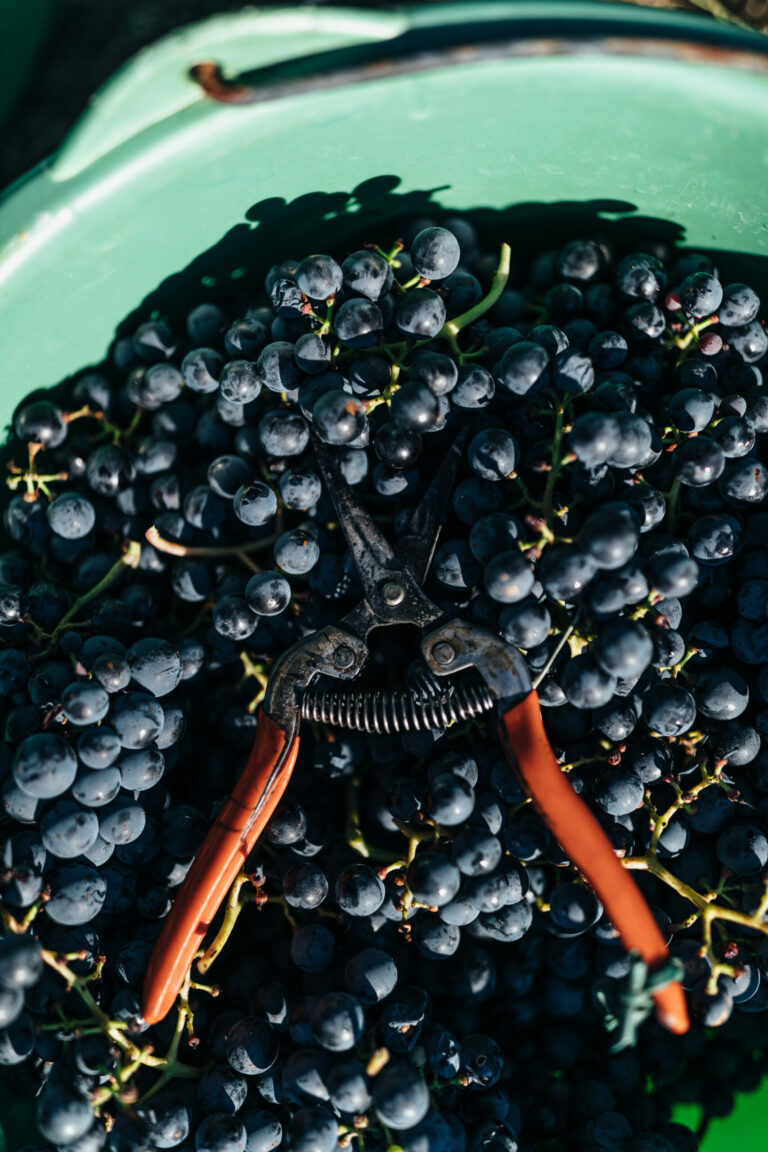
My first true Blaufränkisch moment came in 2013, at a now-shuttered restaurant in Hamburg. Thirty-six bottles from a swath of Austria’s appellations stood open for tasting, from classics like Prieler’s Goldberg 1995 to Marienthal from Ernst Triebaumer to Ried Point from Kolwentz. Those wines impressed me, as they had in the past, even as they failed to inspire me. This time, however, other wines had joined the lineup. The Spitzerberg of Muhr-van der Niepoort (today Weingut Dorli Muhr) , for example; the 2010 Reserve Pfarrgarten from Wachter-Wiesler; and the 2002 Lutzmannsburg Alte Reben from Moric. Suddenly, I was electrified. The wine in the glass was entirely unlike anything I…...
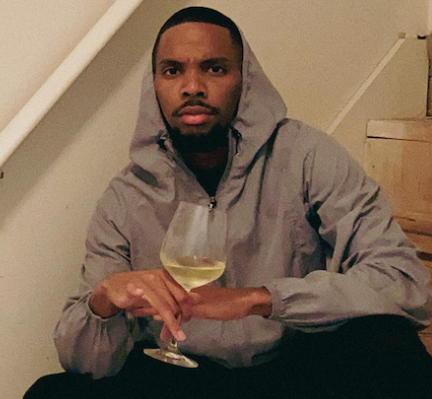
Mason Washington wants to set himself apart in the wine world. He’s convinced his German identity is the ticket. The 24-year-old digital media marketer grew up in Fayetteville, North Carolina, a small city in the American south that Washington charitably describes as being “what you make of it.” It was an unlikely place for a young Black man to be raised in a German family. But his grandmother Ingrid, a native of Berlin, and his mother, Carmen, born in Munich, were just that. “The biggest thing for me is the German heritage on my mom’s side,” says Washington. Now, he’s digging into…...
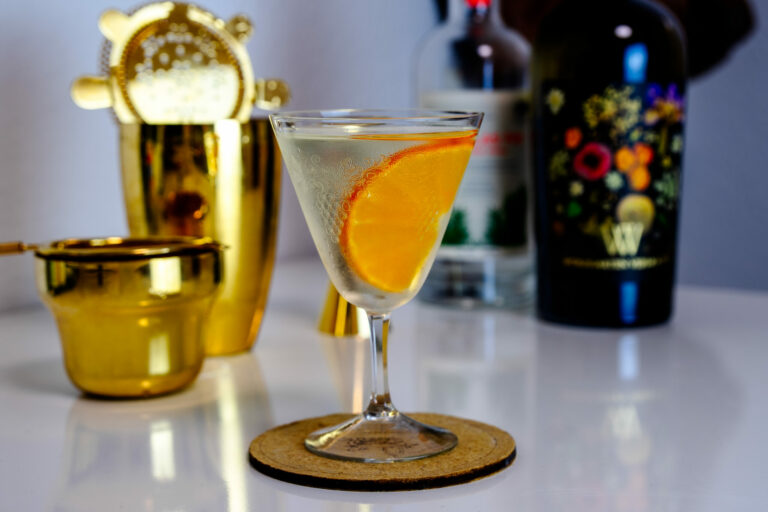
It was the first hour of my first shift, and of course, it was a “Manhattan Cocktail.” I pictured the flashcards heavy in my pocket from the cram-session the night before: Rye whisky, sweet Vermouth, and bitters. Don’t forget the cherry. To that point, I had known Vermouth as little more than a grandmother’s drink, the bottle dying a slow oxidative death in wood-paneled curios around the world. So after making the guest’s request, and in the name of job experience, I downed the remaining jigger of inexperienced overpour. Later, I would comment to the bar manager that it tasted a…...

Roughly once a generation, the German government pops the hood on the country’s wine law for a tune up. 2021 is one such year, with a new set of revisions taking effect in early May. On the surface, the changes appear more incremental than revolutionary. Yet controversy has followed as various stakeholders realize that some new wrinkles may have unexpectedly far-reaching consequences. So let’s pour ourselves a glass of dry wine (law) and savor some juicy power dynamics. Here are the early winners and losers of the 2021 German Wine Act. Winner: The VDP’S Long Game You can’t say the…...
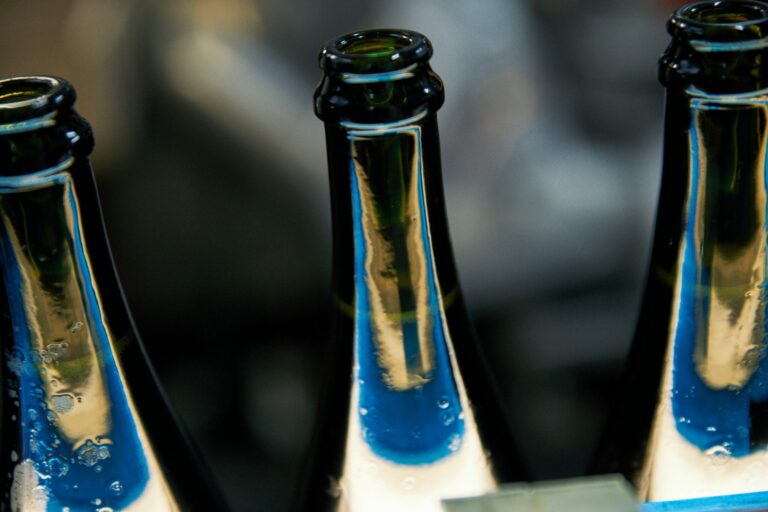
Sekt embodies free spirit, hedonism, even — in its blatant disregard for rules — punk. The limitless maximization of lust for life and the unadulterated joy of the sensual assume the spotlight, while ethics and morals are asked to exit stage left. Whether it’s to christen a ship, toast a victory, or celebrate a birthday in the office (back when we did things like this), bubbles embrace the sparkling side of everyday life. A flash of glam on an otherwise wretched Tuesday afternoon. Sekt is bound to nothing and to no one, neither to food nor occasion. And that’s why…...
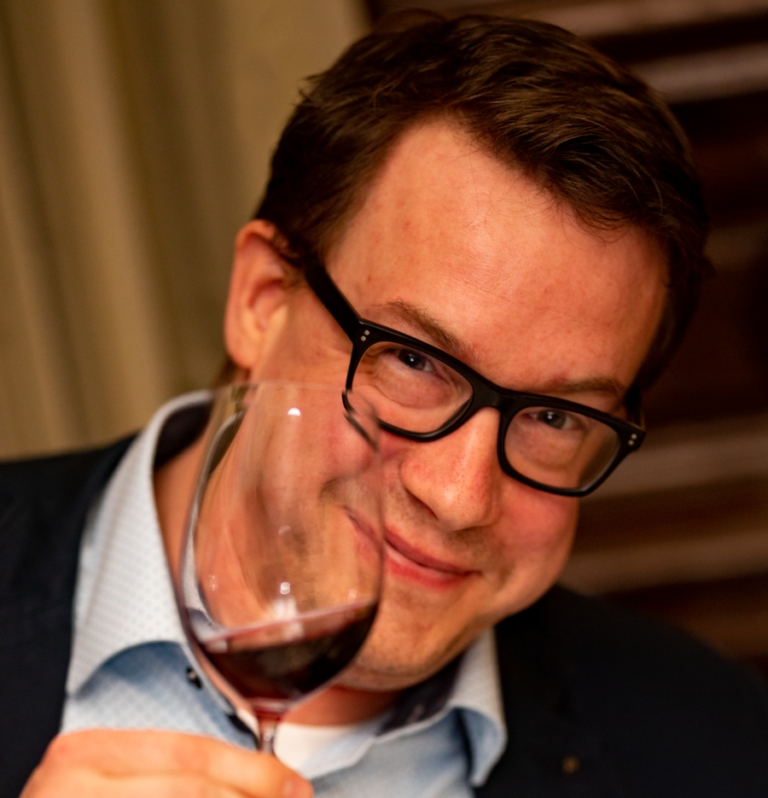
A fresh crop of Masters of Wine was announced late last month: Ten individuals who have grasped the holy grail of wine education. Among them is Moritz Nikolaus Lüke of Bonn — the tenth German to achieve the distinction. He joins an elite crew who have earned the title by passing legendarily rigorous blind tasting examinations and writing a series of theory papers as well as a research-based thesis. TRINK caught up with Lüke to find out what the experience was like, learn about his Covid-driven research paper — and get an answer to the question we’re all naturally most curious about: what he drank…...
Enjoy unlimited access to TRINK! | Subscribe Today